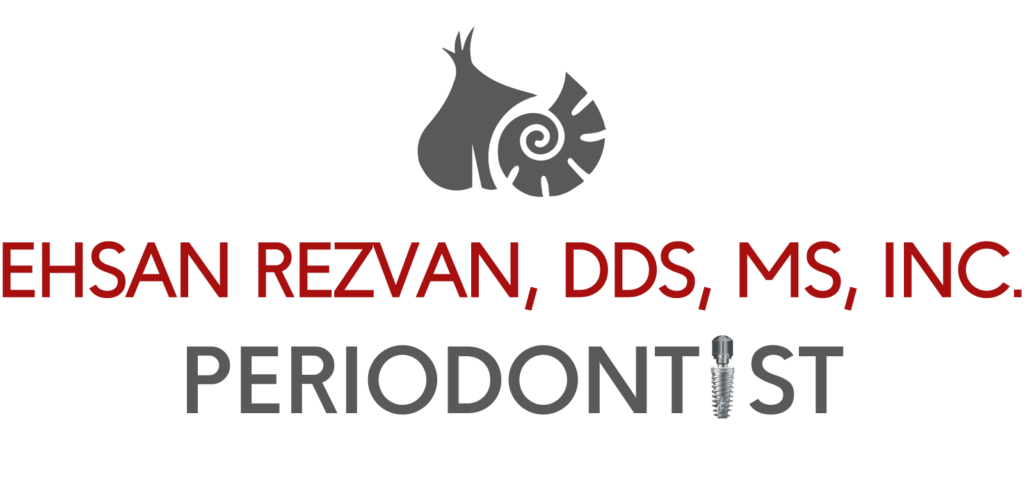Over time, the jawbone that once held missing teeth is reabsorbed, leaving sparse suitable bone to be used for dental implants. Patients in this situation have historically not been eligible for placement of dental implants. Today however, we have the ability to grow bone, not only giving us the opportunity to place properly-sized implants where needed, but also restore previous functionality and appearance.
Types of Bone Grafts
Autogenous Bone Grafts
Autogenous bone grafts (also known as autografts) are made from bone taken from somewhere else in your own body, typically the chin, jaw, lower leg bone, hip, or the skull. A benefit of autogenous bone grafts is that the bone used for the graft is live, meaning it contains living cellular elements that encourage and enable bone growth.
Alternatively, a downside to the autograft is the second bone harvesting procedure that it requires elsewhere in the body, which may not be in your best interest.
Allogeneic Bone
Allogeneic bone (or allograft) is bone harvested from a cadaver and processed using a freeze-dry method to extract water. Unlike autogenous bone, allogenic bone cannot produce new bone on its own, instead serving as a model for existing bone from the surrounding bony walls to grow and fill the void.
Xenogenic Bone
Xenogenic bone is harvested from the non-living bone of another species. The bone, usually from a cow, is processed at very high temperatures to avoid the potential for rejection and contamination when it hits the immune system. Like allogeneic grafts, xenogenic grafts serve as scaffolding for bone from the surrounding area to grow and fill the void.
Allogeneic and xenogeneic bone grafting procedures are advantageous in that they only require one procedure. However, because these options lack the ability to form bone on their own, regeneration is longer and less predictable than with autografts.
Bone Graft Substitutes
The following synthetic materials are a safe and proven alternative to real bone:
- Demineralized Bone Matrix (DBM)/Demineralized Freeze-Dried Bone Allograft (DFDBA): Available in the form of powder, putty, chips, or as an injectable gel, this extraction from the allograft bone contains collagen, proteins, and growth factors.
- Graft Composites: Consisting of bone graft materials and growth factors, graft composites achieve the benefits of a variety of substances including: collagen/ceramic composite (which closely resembles the composition of natural bone), the combination of DBM and bone marrow cells (aiding the growth of new bone), or a collagen/ceramic/autograft composite.
- Bone Morphogenetic Proteins: BMPs are proteins that are naturally produced in the body, promoting and regulating bone formation and healing.
Synthetic materials also only require one procedure, reducing risk and pain. Dr. Rezvan will evaluate the risks and benefits of each bone grafting option to determine which type of bone graft material is right for you.

